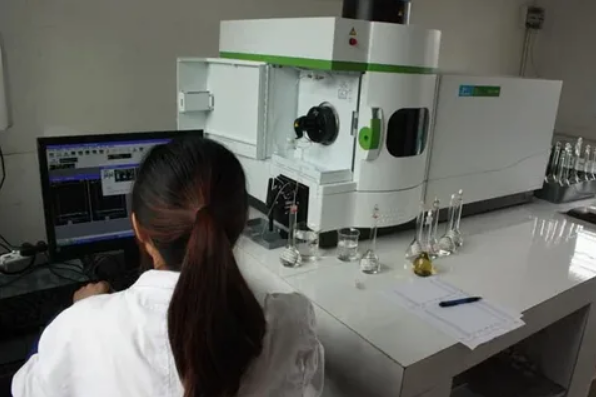Problems that need to be paid attention to when processing potassium ion water samples
1. The sample should be analyzed as soon as possible after collection, otherwise it will be adsorbed on the container wall and the final measurement result of the water sample will be low.
2. Sample digestion should not be evaporated to dryness, otherwise it is easy to lose. When the sample composition is complicated, it can be digested repeatedly with nitric acid-perchloric acid until the solution is clear.
3. Before adding perchloric acid, pre-digest with nitric acid. After destroying a large amount of reducing organic matter, add perchloric acid for final digestion, so as to better remove impurities.
4. Neutral or alkaline water samples should not be used in glass bottles, especially soft glass bottles, otherwise they are easily polluted by potassium and sodium.
5. Water samples should be stored in plastic bottles and adjusted to pH<2 with nitric acid.

Second, the details that need to be paid attention to when determining potassium ions in water
1. Potassium is an alkali metal, its ionization potential is low, and it is easy to cause interference in the flame. The method of adding sodium as a "deionizing agent" can suppress the interference.
2. The gas cylinder should be protected from heat, impact, sunlight and baking. Wear protective caps and shock-proof rubber rings when transporting gas cylinders, and handle them gently to prevent throwing, knocking, rolling or violent vibration. Yan Feng hit the valve with a metal tool. It is strictly forbidden to use up the gas in the bottle, and a residual pressure of not less than 0.05 MPa must be retained.
Do not put oxygen cylinders and combustible gas cylinders in the laboratory or corridors, put them upright and fix them with a shelf ring. The oxygen cylinder valve and pressure reducing valve are strictly prohibited from sticking to grease, and it is not allowed to wear greased gloves to open the valve. To be more than 10m away from the open flame, it must be upright when in use. The oxygen pressure reducer can be used for O2, N2, Ar, He, and air, and the thread is right-handed (commonly known as positive buckle). The hydrogen pressure reducer can be used for H2 and CO combustible gases, and the screw thread is left-handed (commonly known as reverse buckle).
When acetylene gas is used as fuel gas, the acetylene cylinder contains fillers such as acetone and diatomaceous earth. When the pressure is lower than 0.5MrPa, the steel cylinder should be replaced to prevent the acetone in the bottle from flowing into the flame along the pipe, causing unstable flame combustion and increased noise. When the acetylene cylinder is used, the outlet of the cylinder valve is equipped with a special pressure reducer and a flashback preventer, and the air release pressure shall not exceed 0.15MPa. It is strictly forbidden to use it under leakage conditions. Check the pipeline frequently to prevent gas leakage and strictly abide by the relevant operating procedures.
The selection of the pressure reducer should pay attention to the pressure range of high pressure and low pressure, to ensure that the pressure upper limit of the pressure reducer high pressure gauge is greater than the cylinder gas pressure, and the pressure upper limit of the low pressure gauge is greater than the operating pressure. After the pressure reducer is installed, it must be inspected with soap liquid, and it must be tightly air-tight. To open the high pressure cylinder, first check whether the screw of the pressure reducing valve is loose. The operator should stand on the side of the cylinder outlet and move slowly to reduce air friction and prevent static electricity. Before opening the cylinder, turn off the low pressure gauge. After the cylinder is turned on, turn on the low pressure gauge and adjust the output pressure to the desired value.
3. When the concentration of nitric acid>8% and the concentration of sulfuric acid>2%, make the absorbance low. When the concentration of hydrochloric acid and perchloric acid increases, the absorbance decreases significantly. Therefore, the acidity of the standard series and the water sample should be the same during operation, and 2% nitric acid is generally appropriate.
4. Potassium and sodium are macro-elements, which must be handled carefully and pay attention to the pollution caused by utensils and reagents. If possible, it is recommended to use quartz glassware.
5. For high-concentration samples, you can use the sub-sensitive line or rotate the combustion head to a certain angle to shorten the optical path to avoid errors caused by dilution.
6. When measuring, keep the liquid level of the tested water sample and standard solution as consistent as possible to make the suction volume as consistent as possible.
7. If the purpose of measuring potassium ions is to determine the concentration multiple of circulating cooling water, the water sample can be diluted according to the operating conditions to make the salt content close to the condition of the supplementary water, and then the measurement can be carried out to relatively eliminate the interference.



